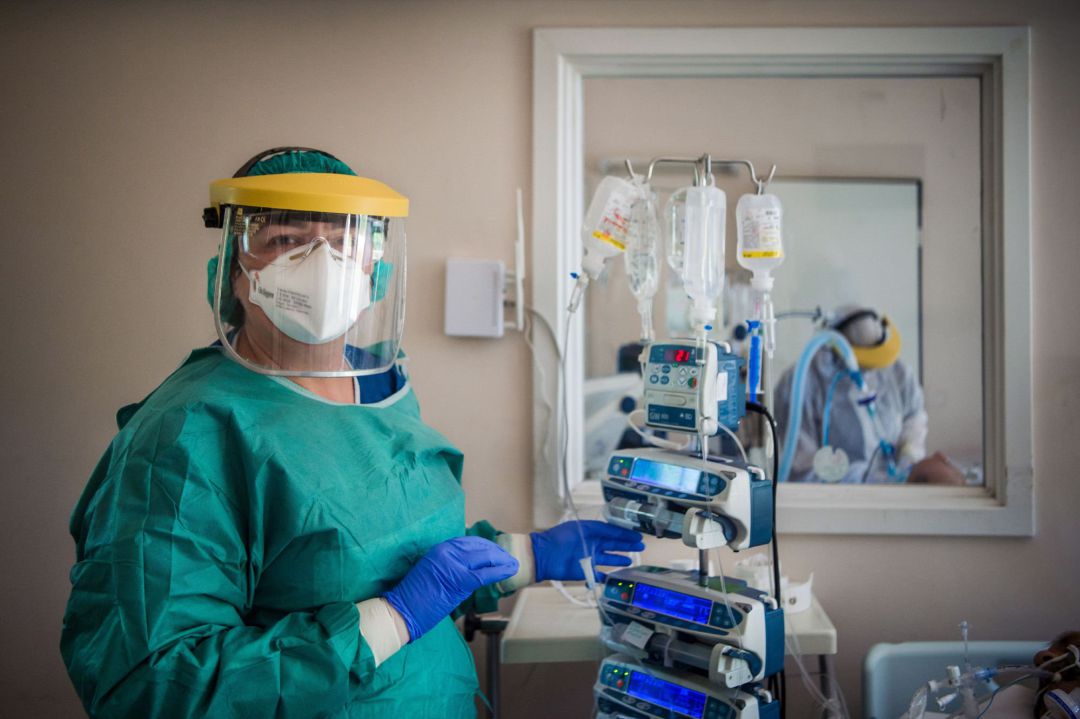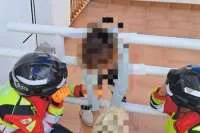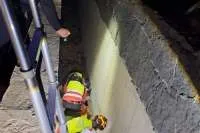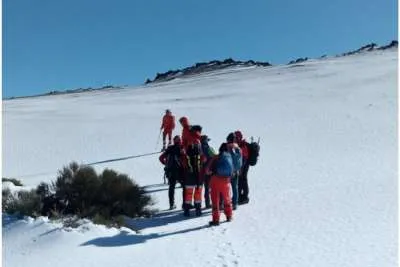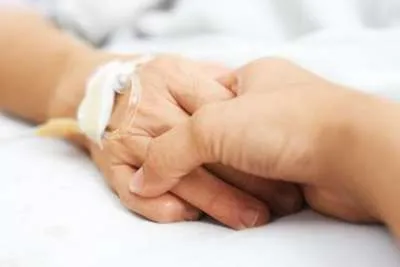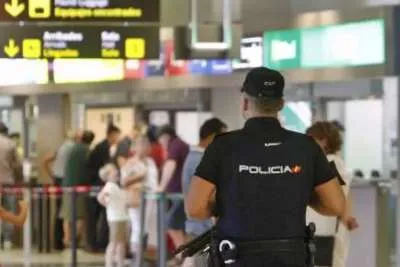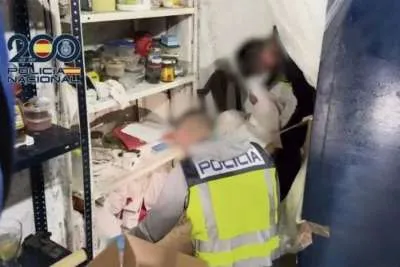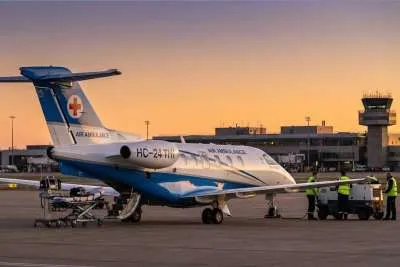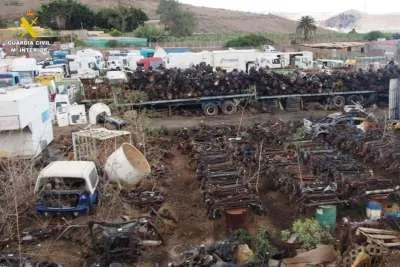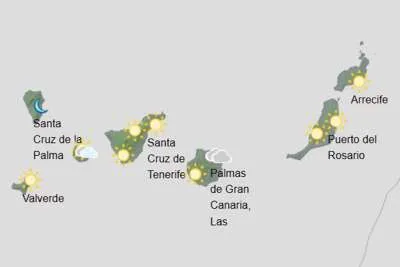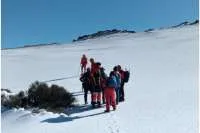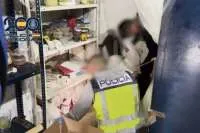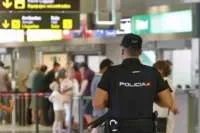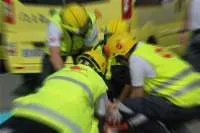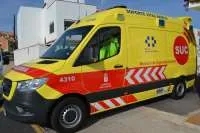When can Lanzarote reduce its alert Level restrictions?
- 05-02-2021
- Lanzarote
- Canarian Weekly
The cumulative incidence rate over 14 days (IA14) has fallen by 18% in Lanzarote in the last ten days, on January 25th it was at a high of 793 and yesterday it had dropped to 648, but the island still has a long way to go to lower its alert level.
Yesterday the Canary Islands Government extended level 4 in Lanzarote for another week, but it will be difficult for the island to reach the next review, set for Thursday February 11th, with the indicators that are required to lower the alert. In fact, if the current pace is maintained, the restrictions that are in place could be extended for considerably longer.
The indicators that mark the level of risk, were defined months ago by the Inter-territorial Council of the National Health System, and Lanzarote continues to more than double most of them.
In total, there are eight parameters that are taken into account, divided into two blocks, and for each one the limits are established that qualify the risk as minimum, low, medium, high or very high. In case of having at least two of the six indicators in block I at very high risk one of block II (which is the one that measures hospital pressure), alert level 4 is established, which is only lowered when this situation is reversed, that is, not having any indicator in block II at high risk, or having less than two in block I.
In the latest detailed report from the Ministry of Health, Lanzarote still has five indicators at maximum risk (four from block I and one from block II), in addition to another two in high risk. And all those in the critical zone are still a long way from being reduced to the limit necessary to go down a level.
Accumulated incidence rate over 14 days (IA14): very high risk
Yesterday this figure was reported at 648 cases per 100,000 inhabitants, when the very high risk rating begins at 250. This means that the island will still have to lower the incidence by almost 63% just to go to level 3, which is still high risk.
To achieve this, the island needs to register less than 27 new daily cases, which hasn’t happened since the beginning of January. The figure yesterday was 59 and on Wednesday 52, so although it has moved away from the peaks of more than 120 cases in a day that were registered in the previous two weeks, it is still very far from the objective.
In addition, to go down to level 2 (medium risk), the incidence in 14 days would have to be less than 150 cases per 100,000 inhabitants in 14 days, which is a maximum average of 16 daily cases. The next level, low risk, is between 25 and 50 new cases per 100,000 inhabitants in 14 days, which for the population of Lanzarote means an average of between 2 and 5 daily cases.
Accumulated incidence rate over 7 days (IA7): very high risk
Lanzarote has accumulated 252 cases per 100,000 inhabitants in the last seven days, when the very high risk indicator is established at 125. The next level, high risk, is between 75 and 125, the average risk between 25 and 75, the low between 10 and 25 and the minimum risk in less than ten.
The translation in number of daily cases is identical to that established for the accumulated incidence in 14 days, that is, Lanzarote is at very high risk above 27 cases per day, at high risk when it exceeds 16, at medium risk when it exceeds 5 cases a day and low risk when it has between two and five per day.
The reason these two parameters are taken into account is to be able to see the evolution in a longer or shorter period of time. When the transmission of the virus begins to decline, the first indicator to drop is the incidence in seven days, and the IA14 is a more consistent indicator.
IA14 in people over 65 years of age: very high risk
This has been one of the worst indicators in Lanzarote in this third wave of Covid, and although the figures have been reduced in the last week, they are still worrying.
The very high risk level is established from 150 cases in people over 65 for every 100,000 inhabitants of that age group in 14 days, and the latest data for Lanzarote stands at 586.71, multiplying that figure almost by four.
High risk is set between 100 and 150, medium risk between 50 and 100, low risk between 20 and 50, and minimal risk at less than 20.
IA7 in people over 65 years of age: very high risk
When looking at the trend of this indicator in the last seven days, a clear improvement is noted compared to the previous week, since it has dropped to 197.45 cases per 100,000 inhabitants.
However, this indicator is still far from falling in level. The very high risk is established from 75 in seven days, when there are currently 197. Between 50 and 75 is considered high risk, between 25 and 50 medium risk, between 10 and 50 low risk and less than 10 is minimal risk.
PCR positivity rate: high risk
This indicator marks the percentage of PCR tests that are positive out of the total of those carried out, and according to the criteria set by the World Health Organization, it should not exceed 5%. In the case of Lanzarote, it has been well above that percentage for several weeks, although it has not reached the maximum risk level, but was close to that limit this Thursday at 14.6%.
In the last 7 days, according to data from the Ministry of Health, the average positivity rate in Lanzarote stands at 10.1%, which is a high risk level. The medium risk is between 7 and 10%, the low risk is between 4 and 7% and the minimum risk is less than 4%.
Traceability: minimal risk
This is the most favourable indicator in Lanzarote, and the only one in which it is better than the rest of the Canary Islands. Traceability is defined as the “percentage of cases assigned to an outbreak by follow-up, excluding the index case”. That is, it measures the percentage of infections in which its origin can be determined, and therefore also evaluates the tracking tasks.
This is the only indicator currently at “minimal risk” level in Lanzarote. The minimum risk is established when the traceability exceeds 80%, and to reach a high or very high risk it must be below 50% or 30%, respectively.
Occupancy of Covid patients in wards: high risk
This is one of the two indicators included in block II, and is the one that measures the pressure Covid is having on hospitals. It is especially important in order to establish the level of alert. To enter level 3 or 4, at least one of the indicators in this block, which are the occupation of beds in the wards and the occupation of beds in ICU, must be at the same risk level.
In the case of Lanzarote, both were at the maximum level of "very high risk", up until last week, but since January 28th the situation on wards has improved, which has dropped this indicator to "high risk".
In this indicator, the very high risk is established from 15%, the high risk between 10 and 15%, the medium risk between 5 and 10%, the low risk between 2 and 5% and the minimum risk below 2%
ICU bed occupancy: very high risk
This is the indicator in block II keeping Lanzarote on alert Level 4, and is currently double the limit that marks entry at this level. The Inter-territorial Health Council set the risk as very high from 25% occupancy of beds in Intensive Care Units with Covid patients, and in the last report, the occupation of the ICU in Lanzarote at 52.78%.
In addition, to calculate this percentage, the beds that have been enabled with the contingency plans in the Hospital have been taken into account, since in reality the Molina Orosa only has 10 ICU beds, and this Thursday had 21 critical patients admitted.
To lower the level to high risk, the occupancy would have to be between 15 and 25%, while the average risk is between 10 and 15%, the low risk between 5 and 10% and minimum risk below 5%.
Although in the last week the number of hospitalized patients in the ward has decreased compared to the previous week, the same has not happened with the number of patients admitted to ICU, which has continued to grow. In addition, this parameter is usually the one that takes the longest to descend, since patients in this unit take an average of four weeks to be discharged, and some have even spent more than two months in care.
Therefore, this indicator may be one of the ones that delays the change in the alert level of Lanzarote the most. As long as it doesn’t drop by half, it would be necessary to reduce at least three parameters of the other block, which currently has four at maximum risk, to be able to go to level 3.
At all the alert levels, established in Spain, the format is the same:
- Level 1 is entered when there are at least two indicators from block I and one from block II at a low risk level;
- Level two when there are two from block I and one from block II the medium risk;
- Level 3 is when there are two indicators from block I and one from block II at high risk;
- Level 4 is when there are at least two from block I and one from block II at a very high level, which is the situation in which Lanzarote has been for three weeks now.


